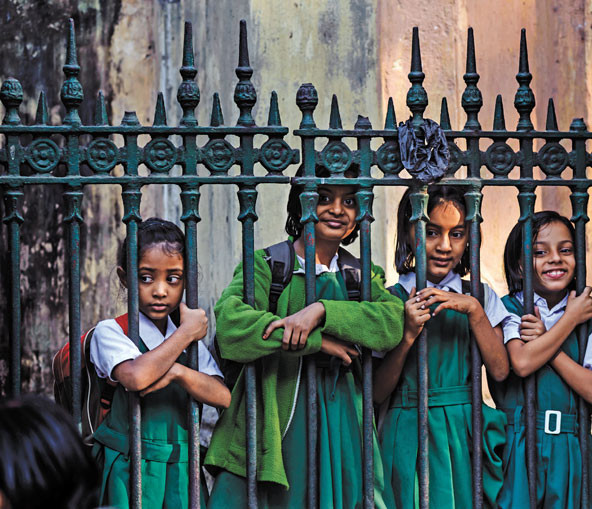 Students wait for their parents at a Kolkata high school run by the Methodist Church in India. (Photo by Steve Raymer/National Geographic Creative)
Students wait for their parents at a Kolkata high school run by the Methodist Church in India. (Photo by Steve Raymer/National Geographic Creative)
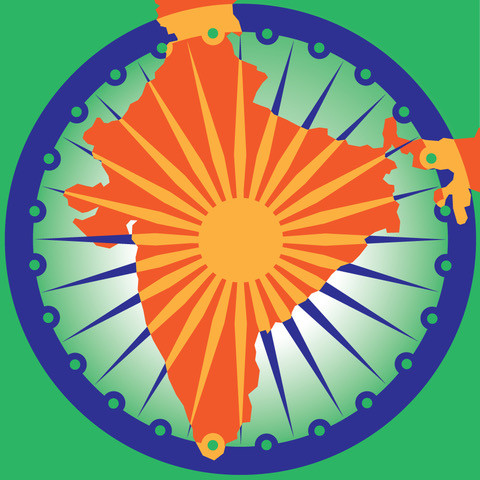
One of India’s biggest assets is its young people. According to the United Nations, India has the most youth of any country, boasting an estimated 356 million people between the ages of 10 and 24. China is a distant second with 269 million. But one of India’s biggest (and most important) challenges is educating all of those young people. One of the reasons is India’s incredible religious, ethnic, class, and social diversity. In the pages that follow are photographs of schools for Muslims, Dalits, Buddhists, refugees, and others, showing just how diverse India’s educational institutions are.
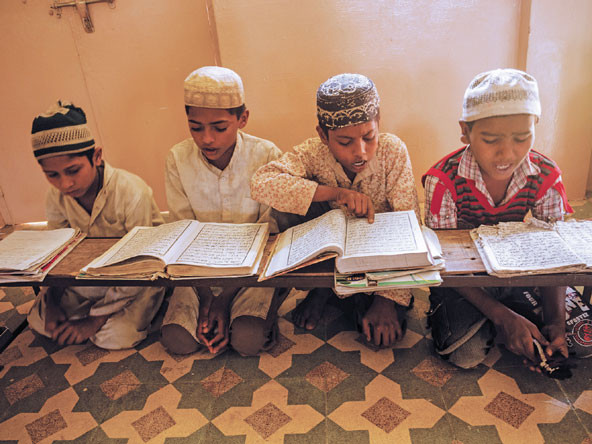 Boys study Islam at an orphanage in the village of Napa, in the western state of Gujarat. (Photo by William Albert Allard/National Geographic)
Boys study Islam at an orphanage in the village of Napa, in the western state of Gujarat. (Photo by William Albert Allard/National Geographic)
 Tibetan Buddhist monks study at
Kirti Monastery in Dharmsala, home to the Dalai Lama.
Tibetan Buddhist monks study at
Kirti Monastery in Dharmsala, home to the Dalai Lama.
 Young women study at one of the Loreto schools operated by the Roman Catholic Church in Kolkata. (Photo by Alison Wright/National Geographic Creative)
Young women study at one of the Loreto schools operated by the Roman Catholic Church in Kolkata. (Photo by Alison Wright/National Geographic Creative)
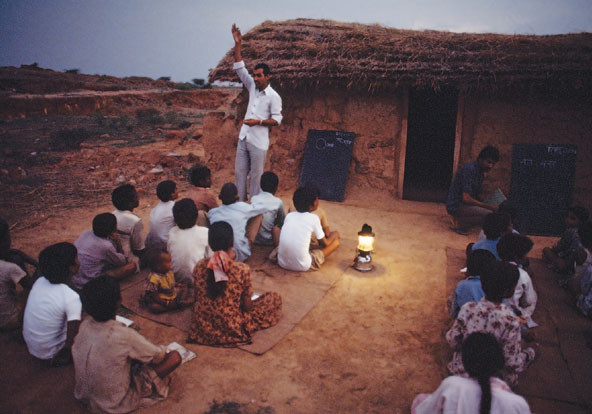 In Delhi, children of Dalit (India’s lowest caste) quarry workers attend school outside by lantern light. (Photo by Steve Raymer/National Geographic Creative)
In Delhi, children of Dalit (India’s lowest caste) quarry workers attend school outside by lantern light. (Photo by Steve Raymer/National Geographic Creative)
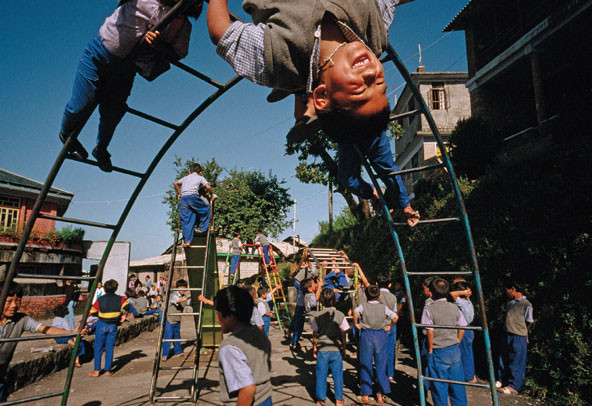 Tibetan refugee children play outside school in Dharmsala, a city in the Himalayan foothills. (Photo byby Lynn Johnson /National Geographic)
Tibetan refugee children play outside school in Dharmsala, a city in the Himalayan foothills. (Photo byby Lynn Johnson /National Geographic)
 A young boy from Jaipur, the capital of Rajasthan state, studies atop a wooden cart. (Photo by Jonathan Kingston/National Geographic Creative)
A young boy from Jaipur, the capital of Rajasthan state, studies atop a wooden cart. (Photo by Jonathan Kingston/National Geographic Creative)
Support SSIR’s coverage of cross-sector solutions to global challenges.
Help us further the reach of innovative ideas. Donate today.
Read more stories by Impact India & Spring 2017.

